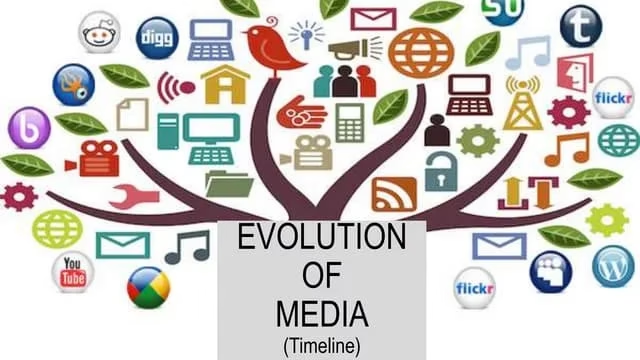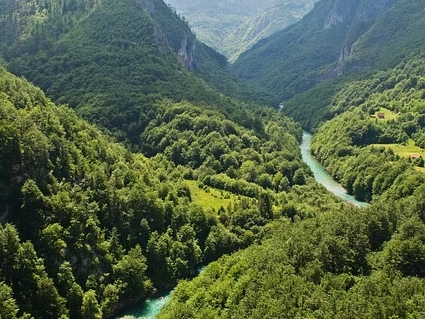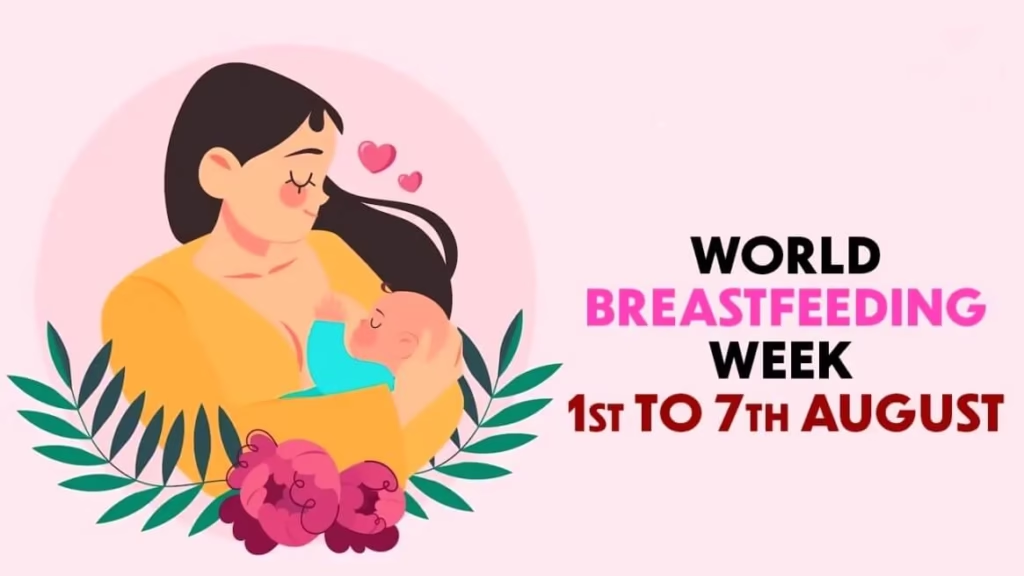
Media, at its core, is how humans share stories, experiences, and ideas. From the earliest days of oral storytelling around fire circles to today’s fast and paced digital age, the drive to communicate has been a constant force across civilizations. During the ancient times, knowledge was passed down by word of mouth. This was when communities relied on storytellers, elders, and spiritual leaders to preserve history, culture, norms and values.
However, with the rise of human societies expansion for communication calls, the need to document and share information more permanently led to one of the most significant inventions in history which was writing.
The earliest writing systems, for example; cuneiform in Mesopotamia and hieroglyphs in Egypt, marked a turning point in communication. Stories could now live beyond their tellers. This was more revolutionized and accelerated with the invention of the printing press by Johannes Gutenberg in the 15th century.This invention suddenly led to massive production of written text making books and newspapers more accessible and sparking waves of literacy and public engagement with new ideas. This explosion of printed material laid the groundwork for informed societies and democratic discourse.
Media evolved further as centuries rolled on with it’s drastic changes shaping the society. As of the 17th century, newspapers were shaping public opinion and documenting current events for the masses.
The 20th century however, so it as a turning point in the media landscape, as it brought a seismic shift with the arrival of radio and television, which they did not just relay information but rather they brought it to life. Radio turned living rooms into concert halls and newsrooms. With famiilies huddling around their sets for everything from music to presidential speeches. Then television on the other hand added visuals, allowing audiences to witness global events in real-time. It was as if the world had suddenly gotten smaller and more interconnected.
Nothing reshaped media as dramatically as the internet. In the late 20th and early 21st centuries, digital platforms transformed how information is shared and consumed. Media was no longer a one-way street. Individuals could produce and distribute content without the traditional gatekeepers like the editors, publishers, or TV producers. Blogs, podcasts, and YouTube channels gave birth to a new kind of creator and changed the balance of power.
Social media upped the ante, turning anyone with a smartphone into a potential broadcaster. Breaking news now unfolds on X (formerly Twitter), with Instagram stories shape public discourse, and other social media platform which have reshaped the media landscape through their viral content which can influence elections or spark global movements.
However, with this evolution comes both the need for empowerment and challenges. The sheer volume of information available today is staggering. We have access to more perspectives, voices, and data than ever before. This also means more noise like the misinformation, disinformation, and sensationalism crowd our feeds.
The same platforms that foster community can also fuel division. Algorithms, designed to keep us engaged, often trap us in echo chambers. As media consumers, the responsibility to think critically, verify sources, and seek truth has never been more urgent.
The future of the media, however, continues to break boundaries in personalizing content in real time. With virtual reality promising immersive storytelling as digital spaces keep expanding the ways we connect. But no matter how media evolves, its purposes remains constant, which is to reflect who we are, to inform, to inspire, and sometimes, to hold a mirror up to our world.


